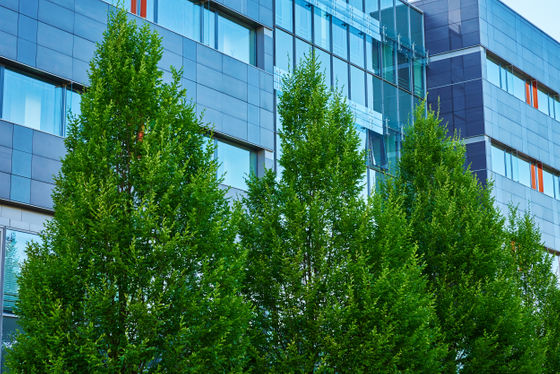Surprising findings: trees are the 'cause' of urban air pollution; rising temperatures cause abnormalities in plants

Unprecedented climate change is causing a series of unbelievable events, such as plants
Temperature-dependent emissions dominate aerosol and ozone formation in Los Angeles | Science
https://www.science.org/doi/10.1126/science.adg8204
The Sky over Los Angeles: Rising temperatures affect air quality
https://www.fz-juelich.de/en/news/archive/press-release/2024/the-sky-over-los-angeles-rising-temperatures-affect-air-quality
Trees Have Become a Hidden Source of Air Pollution in Los Angeles: ScienceAlert
https://www.sciencealert.com/trees-have-become-a-hidden-source-of-air-pollution-in-los-angeles

The shift to electric vehicles and advances in technology to remove harmful substances from exhaust gases have steadily reduced air pollution in California. However, urban air pollution has not decreased as quickly, with
To understand where the volatile organic compounds (VOCs) that cause air pollution come from, a research team led by Eva Y. Van Nestil, who was at the University of California, Berkeley at the time of the study, conducted an aerial mapping survey of the distribution of air pollutants.

The team began by flying repeatedly over Los Angeles, recording with an analyzer that monitored over 400 VOCs 10 times per second, to gather data on what substances were in the air and where they were coming from, which could provide insight into the sources of air pollution that would not be possible with traditional studies that estimate emissions from known sources.
Analysis of the measurements, along with air temperature, revealed that plant-derived VOCs, including
They also found a clear correlation between rising daytime temperatures and air pollution, with PM and ozone levels rapidly worsening as temperatures rise from 20 to 30 degrees Celsius and above, and confirmed that plant-derived terpenoids produced by high temperatures are the main cause of this.

The chemicals that plants release into the air change as a result of stress responses to pests, water shortages, high temperatures, and other factors, and among the substances released during these responses are the aforementioned VOCs. Researchers believe that these VOCs react with nitrogen oxides in exhaust fumes from automobiles and other sources to produce ozone and cause the generation of aerosols and PM.
'Our analysis shows that Los Angeles' nitrogen oxide emissions would have to be reduced by an additional 50 percent to minimize ozone pollution during warmer periods,' Vannerstill said.
Vannerstill, who moved to the Jülich Research Center in Germany in January 2024, plans to further improve the analytical methods used in this study and investigate the atmosphere in German cities and forests. Since most previous studies on forest stress responses have been conducted using experiments with a small number of small trees, it is expected that data collected from actual forests will be important for future research on climate models.
Related Posts:
in Science, Posted by log1l_ks







